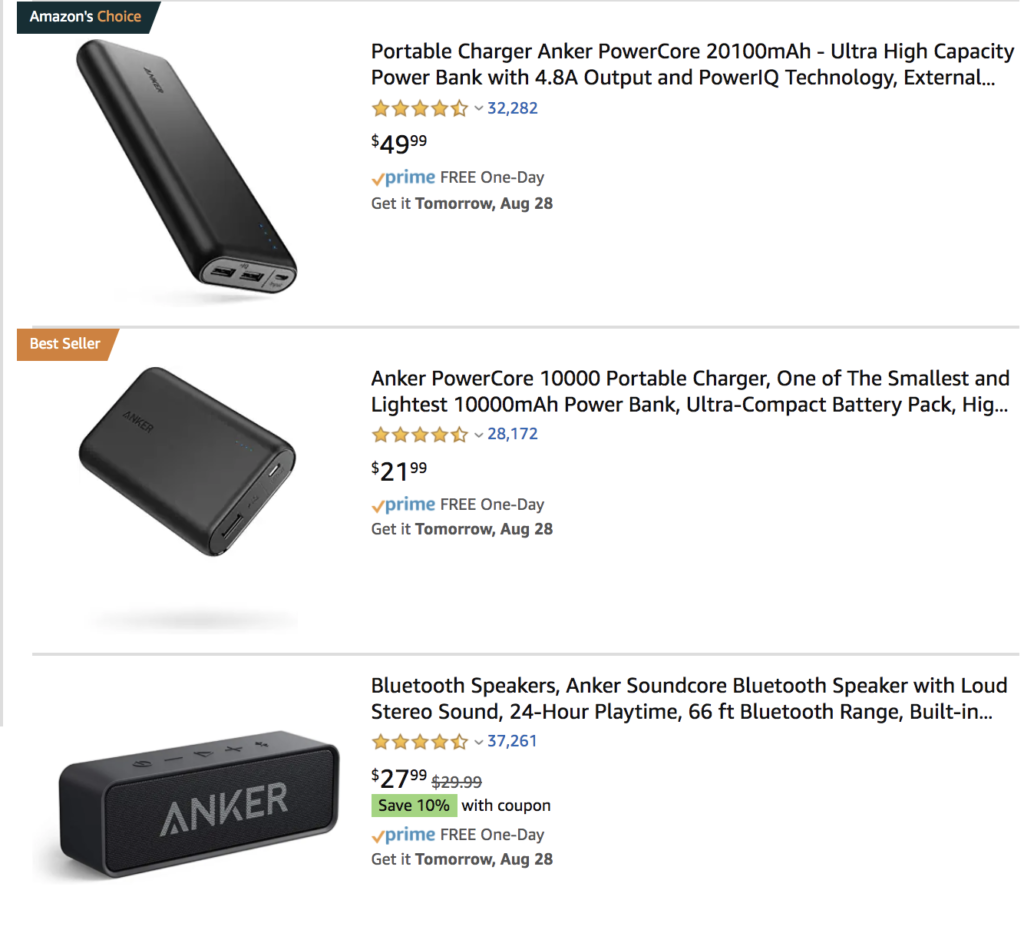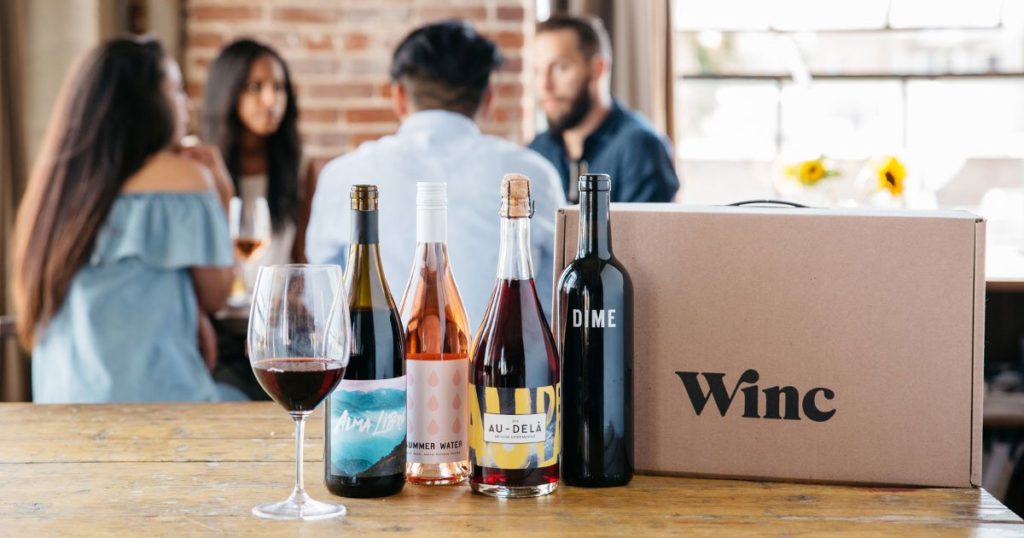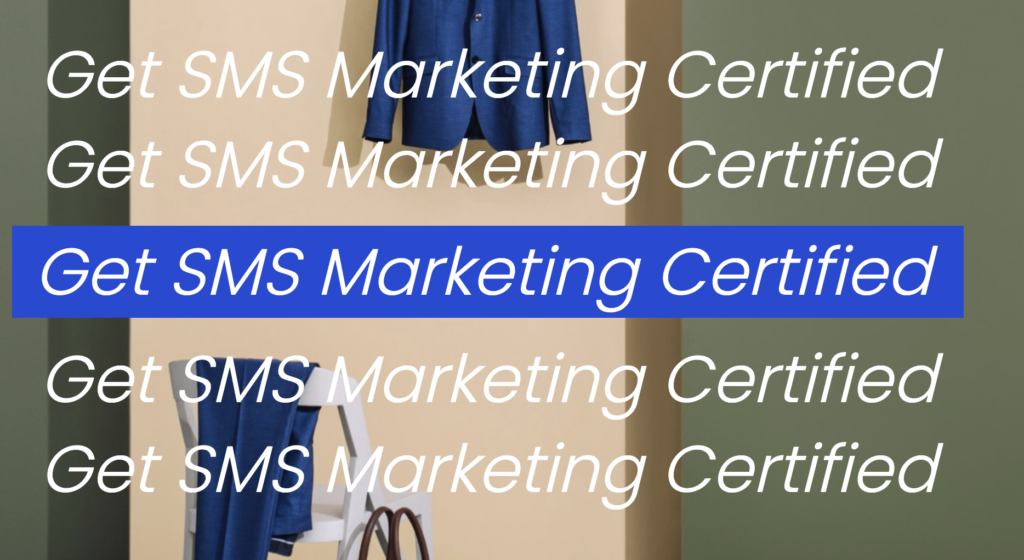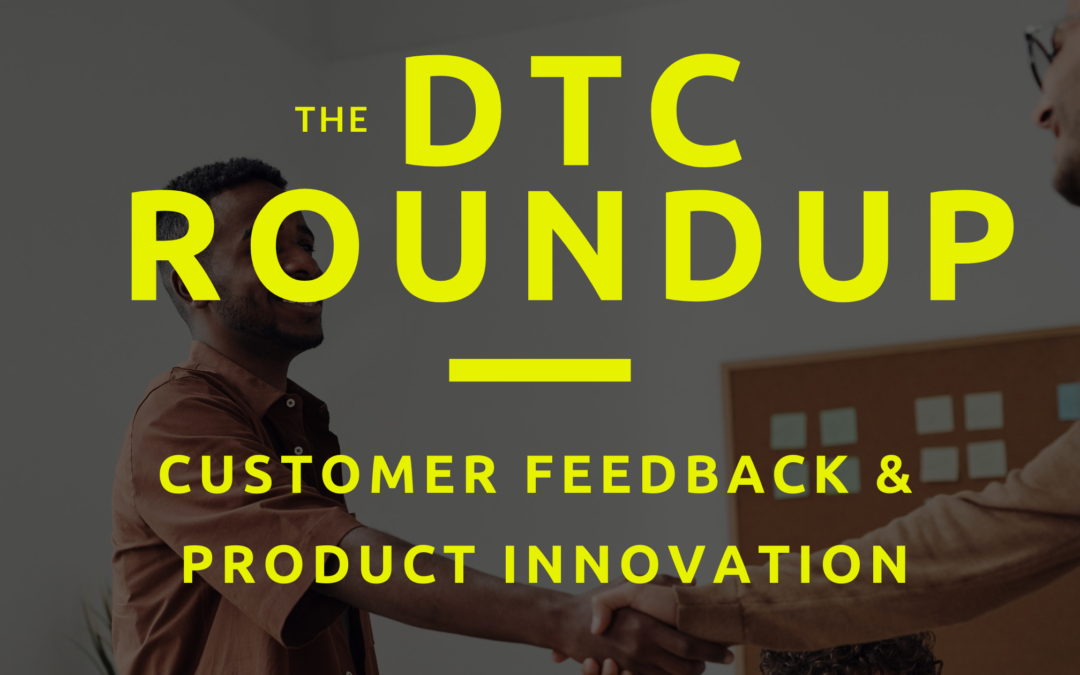We are currently building the beta version of Prehook. If you have a Shopify store and would like free access to the Beta, please enter your email and we’ll contact you soon!
Anker Goes Public – The first Amazon-native brand to go public.
Selling on Amazon is a great way to break into ecommerce — tap into the powerful audience that Amazon has, channel shoppers to your page, and convert into sales.
No company has been as successful at selling on Amazon as Anker.
This week, Anker went public ( on the Shenzen Stock Exchange).
Anker was founded in 2011 selling simple electronics: batteries, cables, chargers. And they have succeeded with their strategy of low price, high quality, and good reviews.
The success of Anker is built solely on Amazon. It is the first, and most successful, product to build its product solely on Amazon.
The most important part of their Amazon strategy: customer reviews.
Anker has always fought customer perception. People think that they need the brand name charger (like Apple or Samsung). However, this is simply not true.
Customer reviews address this problem in two ways:
- Credibility
- SEO (and related brand awareness)
And one additional benefit from product reviews: product development.
“Amazon reviews are the single most important input to our new product development process,” founder Steven Yang says.

How Winc Built A $100M Brand on Customer Feedback
Earlier this year, Winc raised its Series D of $15M, at a $110M pre-money valuation.
Their business model is brilliant:
- Use a quiz to attract customers and recommend the best product
- Get feedback on wines
- Use customer preferences to create the wines that customers like
- Scale online (where wineries have traditionally struggled)
Despite 69% gross margins and a Customer Acquisition Cost of $48, they are not profitable.
Winc can leverage the data that they already have to run far more relevant and effective marketing campaigns.
Personalize emails.
Educate based on customer interest and preference.
Remarket with specific products.
I shared my experience with Winc’s quiz and their subsequent remarketing here.

source: Winc
Beauty eCommerce: What’s next?
Beauty eCommerce brands are at the forefront of marketing out of necessity — highly competitive, with a need for hyper-personalization.
This Yieldify post on eCommerce Beauty Trends highlights some interesting strategies. A few particularly interesting trends:
- Influencers -”These new values of transparency and relatability pave the perfect path for the up-trend of the just as influential micro-influencer, who consumers often feel they can build a personal connection with through regular, more personalized interaction.”
- Hyper-personalization – “hyper-personalization is a way of ensuring brands can stand out by allowing consumers to make informed decisions based on their preferences, not flooding them with endless options. Using technology to help customers fulfill their needs allows for brand loyalty and repeated sales. “
Beauty brands are in a unique position to build strong personal bonds with their customers, and there’s a lot that can be learned from how they’ve done this to date
Improve SMS Marketing: Postscript Certification
What marketing channel has the highest open rate? If you are like me, “Inbox Zero” is reserved only for text messages.
SMS Messaging is one the best ways to build a direct relationship with customers.
Postscript just released an in-depth course to teach SMS marketing strategy, specific for ecommerce brands. I have not finished it yet, but it is meaty and tactical. That’s good!

Source: Postscript
How to Build A Scalable Facebook Advertising System From Scratch
Molly Pittman of Smart Marketer shares a detailed look at launching a Facebook campaign from scratch.
Her recommendation: start with cold traffic.
Test multiple audiences, offers, campaign types. She goes deeeeep, with lots of transparency and tactical advice. A good primer in using paid ads to build from scratch. Article is here.

